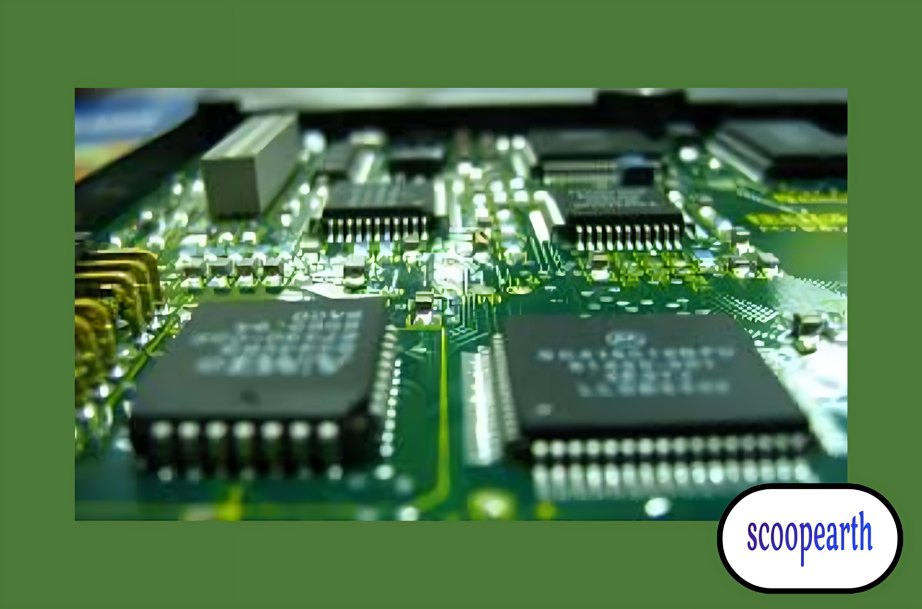India is set to enter the elite league of nations producing ultra-advanced semiconductor chips, with the announcement of upcoming 2nm chip production

SUMMARY
With the announcement of the impending fabrication of 2-nanometre (2nm) chips, India will become a member of the exclusive club of nations capable of making ultra-advanced semiconductor chips. It has brought a historic step in the country as it is trying to be technologically autonomous and compete worldwide in the manufacture of electronics. This is a strategic amalgamation of innovation in design, production possibility, and geopolitical ambition, led by the India Semiconductor Mission (ISM).
Policy and investment
The cutting edge of semiconductor technology is the 2nm chip node, allowing more energy-efficient processors with faster and faster speeds to be utilized in applications such as artificial intelligence and quantum computing, as well as smartphones and autonomous systems of the next generation. The world has just a few competitors, including TSMC, Intel, and Samsung, who have entered this field. The fact that India has entered this space is an indication that India has plans to be at the top of chip design and fabrication.
The India Semiconductor Mission believes that with current investment in infrastructure, skills, and strategic alliances, the country is now capable of supporting the design and production of a 2nm chip. It is not only a technological development but also an announcement of how ready India is to become a leader in the semiconductor value chain at the world level.
The 2nm drive is also a subset of the larger Indian semiconductor strategy, which also has a $10 billion incentive package to draw international and national players into the chip ecosystem. ISM has played a significant role in uniting academia and startups with multinational corporations and government agencies to create a strong base of chip design, fabrication, and packaging.
Recently, the Minister of Electronics and IT, Ashwini Vaishnaw, highlighted the fact that India is no longer dreaming of semiconductors but is actually doing it. As India produces 2nm chips next, India is not only catching up, but it is skipping to the future of electronic manufacturing.
Geopolitical and design-led manufacturing
The ability of India to design semiconductors has long been established, with multinational companies such as Qualcomm, Intel, and AMD having large research and development departments in Bengaluru, Hyderabad, and Noida. The engineering prowess in the country has resulted in chip architecture applications in the global market; however, until the recent past, local production was underperforming.
The 2nm milestone indicates the transition of design dependency to design manufacture. IP cores, analog blocks, and system-on-chip (SoC) designs are now being developed by Indian startups and academic institutions with advanced node applications. This ecosystem has been majorly influenced by the Design Linked Incentive (DLI) scheme that provides financial and technical assistance to more than 100 design startups.
To have a 2nm fabrication, one does not only need to have design excellence, but also requires the world-class facilities of fabrication, a clean-room environment, and availability of extreme ultraviolet (EUV) lithography tools. The next generation of fabs in India, such as the ones sponsored by international corporations like Micron and the local giant conglomerates such as the Tata Group, are being constructed to handle these strict demands.
The ISM has achieved the other as well by developing a talented workforce through the initiation of training schemes in semiconductor physics, process engineering, and chip packaging. Cooperation with foreign universities and technological suppliers is assisting India in closing the knowledge gap and equipping it with the readiness to manufacture in large quantities and with high precision.
The fact that India has entered the 2nm chip production business has huge geopolitical implications. As global supply chains become increasingly diversified beyond China and Taiwan, an alternative and stable, democratic choice can be found in India with its scale, talent, and policy assistance. The move gives India an enhanced presence in strategic areas such as defence, space, and telecommunications, where sovereign and secure supply is of importance.
Conclusion
The 2nm chip manufacturing venture that India is about to make is not just merely a technological breakthrough; it is a turning point in the Indian industrial and strategic curve. India is combining design incentives and production potential to make it a semiconductor powerhouse in the world. With the world entering the age of AI, quantum computing, and intelligent infrastructure, the future of development will lie with the chips. India is not only competing in the semiconductor race anymore, but it is defining its future with its 2nm breakthrough.
Note: We at scoopearth take our ethics very seriously. More information about it can be found here.
















